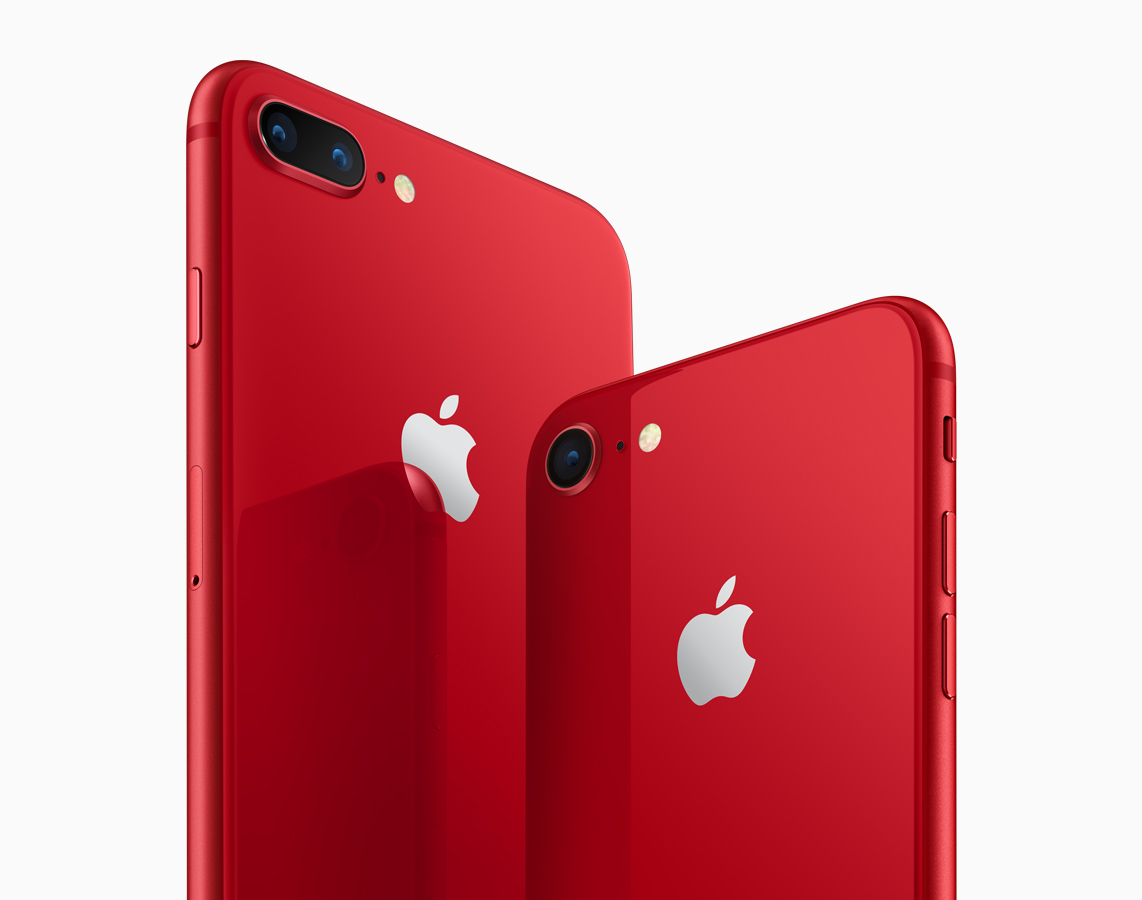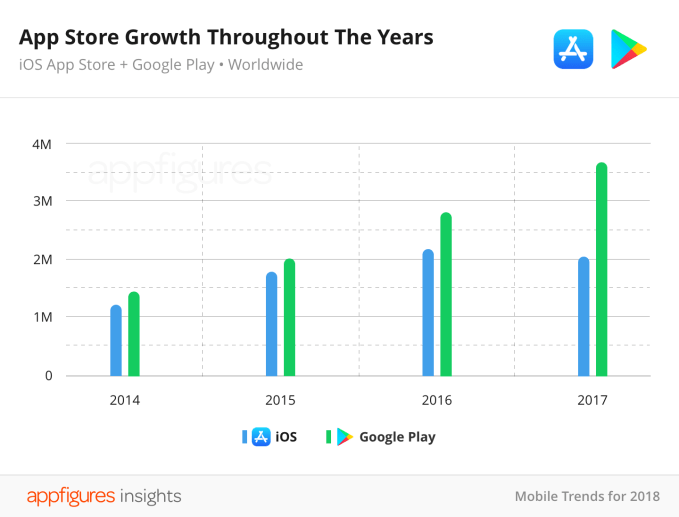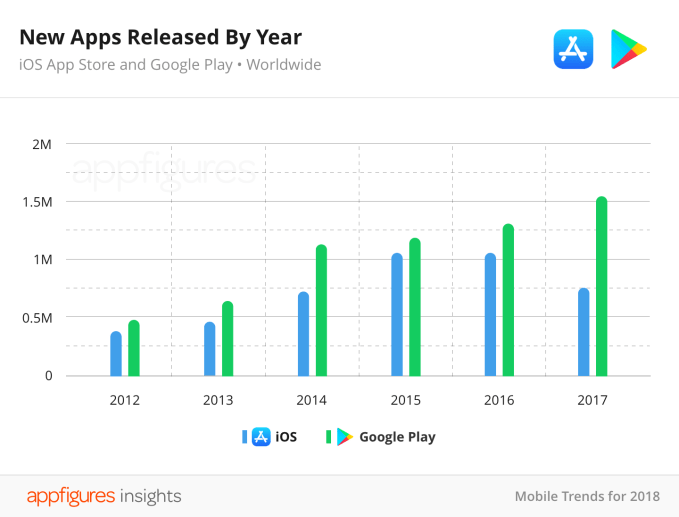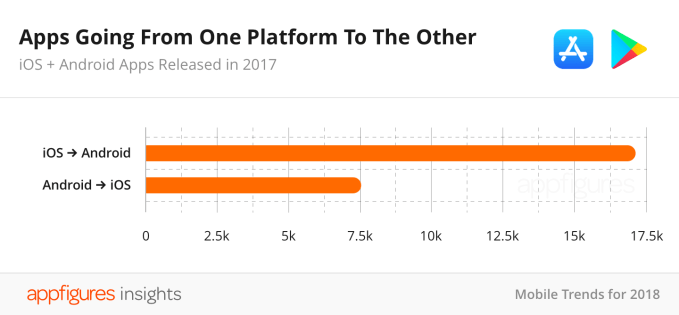A year ago, I visited the Apple campus in Cupertino to figure out where the hell the new Mac Pro was. I joined a round table discussion with Apple SVPs and a handful of reporters to get the skinny on what was taking so long.
The answer, it turns out, was that Apple had decided to start completely over with the Mac Pro, introduce completely new pro products like the iMac Pro and refresh the entire MacBook Pro lineup. The reasoning given at the time on the Mac Pro was basically that Apple had painted itself into an architecture corner by being aggressively original on the design of the bullet/turbine/trash-can shaped casing and internal components of the current Mac Pro. There was nothing to be done but to start over.
The secondary objective to that visit was to reassure pro customers that had not had news of updates in some time that Apple was listening, was working to deliver product for them and, overall, still cared.
Now, a year later, I was invited back to Apple to talk to the people most responsible for shepherding the renewed pro product strategy. John Ternus, Vice President of Hardware Engineering, Tom Boger, Senior Director of Mac Hardware Product Marketing, Jud Coplan, Director of Video Apps Product Marketing and Xander Soren, Director of Music Apps Product Marketing.
The interviews and demos took place over the next several hours, highlighting the way that Apple is approaching upgradability, development of its pro apps and most interestingly, how it has changed its process to more fully grok how professionals actually use its products.
After an initial recap in what they’d done over the past year, including MacBooks and the iMac Pro, I was given the day’s first piece of news: the long-awaited Mac Pro update will not arrive before 2019.
When we got the news that it wouldn’t arrive in 2017, there was some implicit messaging that 2018 was not guaranteed either (we were told ‘not this year’, but not ‘definitely next year). This time around, Boger is succinct: the promised Mac Pro will be a 2019 product.
“We want to be transparent and communicate openly with our pro community so we want them to know that the Mac Pro is a 2019 product. It’s not something for this year.” In addition to transparency for pro customers on an individual basis, there’s also a larger fiscal reasoning behind it.
“We know that there’s a lot of customers today that are making purchase decisions on the iMac Pro and whether or not they should wait for the Mac Pro,” says Boger.
This is why Apple wants to be as explicit as possible now that if institutional buyers or other large customers are waiting to spend budget on, say iMac Pros or other machines, they should pull the trigger without worry that a Mac Pro might appear late in the purchasing year.
But there have been some other very interesting things going on at Apple since our last Mac Pro update, and they’re shaping the future of all of its pro products.
Pro Workflow Team
In that discussion a year ago, Apple SVP Phil Schiller acknowledged that pro customers including developers were hungry for evidence that Apple was paying attention to their needs.
“We recognize that they want to hear more from us. And so we want to communicate better with them. We want them to understand the importance they have for us, we want them to understand that we’re investing in new Macs — not only new MacBook Pros and iMacs but Mac Pros for them, we want them to know we are going to work on a display for a modular system,” Schiller said.
Now, it’s a year later and Apple has created a team inside the building that houses its pro products group. It’s called the Pro Workflow Team and they haven’t talked about it publicly before today. The group is under John Ternus and works closely with the engineering organization. The bays that I’m taken to later to chat about Final Cut Pro, for instance, are a few doors away from the engineers tasked with making it run great on Apple hardware.
“We said in the meeting last year that the pro community isn’t one thing,” says Ternus. “It’s very diverse. There’s many different types of pros and obviously they go really deep into the hardware and software and are pushing everything to its limit. So one thing you have to do is we need to be engaging with the customers to really understand their needs. Because we want to provide complete pro solutions not just deliver big hardware which we’re doing and we did it with iMac Pro. But look at everything holistically.”
To do that, Ternus says, they want their architects sitting with real customers to understand their actual flow and to see what they’re doing in real time. The challenge with that, unfortunately, is that though customers are typically very responsive when Apple comes calling, it’s not always easy to get what they want because they may be using proprietary content. John Powell, for instance, is a long-time logic user and he’s doing the new Star Wars Han Solo standalone flick. As you can imagine, taking those unreleased and highly secret compositions to Apple to play with them on their machines can be a sticking point.
So Apple decided to go a step further and just begin hiring these creatives directly into Apple. Some of them on a contract basis but many full time as well. These are award-winning artists and technicians that are brought in to shoot real projects (I saw a bunch of them walking by in Apple park toting kit for an outdoor shoot on premises while walking). They then put the hardware and software through their paces and point out sticking points that could cause frustration and friction among pro users.
Ternus says that they wanted to start focused and then grow the team and disciplines over time.
“We’ve been focusing on visual effects and video editing and 3D animation and music production as well,” says Ternus. “And we’ve brought in some pretty incredible talent, really masters of their craft. And so they’re now sitting and building out workflows internally with real content and really looking for what are the bottlenecks. What are the pain points. How can we improve things. And then we take this information where we find it and we go into our architecture team and our performance architects and really drill down and figure out where is the bottleneck. Is it the OS is it in the drivers is it in the application is it in the silicon and then run it to ground to get it fixed.”
This information has allowed Apple to make machines like the iMac Pro more performant, but also to enable creative users to stay in their flow and keep them moving forward. From personal experience, I can say that the times I felt most frustrated as a professional photographer using a Mac is when I had to wait. When you’re taken out of your rhythm, it creates layers of frustration that can add up to you wanting to flee the platform.
“These aren’t necessarily always fundamental performance issues,” notes Ternus. “These aren’t things that you’d find in a benchmark or an automated test flow. You know we have examples where we find something like it’s…a window that a 3D animator uses frequently to make some fine fine tweaks. The windows are not super graphically intensive in terms of processing and stewing but we have found an issue where that window was taking like 6 to 10 seconds to open and they’re doing that 100 times a day, right? Like ‘I can’t work on a machine like this, It’s too slow’ so we dig in and we figure out what it was.
“In that case we found something in the graphics driver was not right, and once you know where to look and you fix it, it completely changes the kind of live-on-ability for that system — the productivity for that user completely changed.”
This kind of workflow analysis has enabled Apple to find and fix problems that won’t be solved by throwing more hardware at them. An in-depth analysis of how workflow is affected by the whole stack of hardware and software has, Ternus says, helped them to really understand the pain points. He stresses that it’s not just Apple’s applications that they’re testing and working to help make better. Third-party relationships on this are very important to them and the workflow team is helping to fix their problems faster too.
“We’ve gone from just you know engineering Macs and software to actually engineering a workflow and really understanding from soup to nuts, every single stage of the process, where those bottlenecks are, where we can optimize that,” says Boger. “And to JT’s point because we build the hardware the firmware the operating system the software and have these close relationships with third parties we can attack the entire stack and we can really ferret out where we are we can optimize for performance.”
But the Pro Workflow Team isn’t just there to fix current bugs. It’s also empowered to make improvements on future products, like the Mac Pro.

Future Plans
“What’s really powerful through this exercise is that it’s helping us to kind of map out where we’re headed,” says Ternus. “Because we’re really like digging in these workflows and figuring out where how are the ways we can improve these in the future and then that can help shape our future plans as well.”
I ask, specifically, whether this means that the Mac Pro will be shaped by this team’s work.
“So it’s definitely influencing the architecture of where we’re going, what we’re planning for,” says Tom Boger. “We’re getting a much much much deeper understanding of our pro customers and their workflows and really understanding not only where the state of the art is today but where the state of the art is going and all of that is really informing the work that we’re doing on the Mac Pro and we’re working really really hard on it.”
I’m also curious about whether the process over the last year has changed the timeline on the Mac Pro. To be blunt: is this the original story arc of the Mac Pro’s development, or are we looking at a roadmap that has a fundamentally different timeline than 1 year ago.
“I don’t think that the timeline has fundamentally changed,” says Ternus. “I think this is very much a situation where we want to measure twice and cut once and we want to make sure we’re building a really well thought out platform for what our pro customers are doing today. But also with an eye towards what they’re going to be doing in future as well. And so to do that right that’s that’s what we’re focusing on.”
While there are no further details on the exact shape that the Mac Pro will take, Boger says that they are still very much in the modular mindset.
“As we said a year ago working on modular was inherently a modular system and in looking at our customers and their workflows obviously that’s a real need for our customers and that’s the direction we’re going,” says Boger.
“Well it’s a need for some of them,” adds Ternus. “I want to be clear that the the work that we’re doing as a part of the workflow team is across everything. It’s super relevant for MacBook Pros, it’s super relevant for iMacs and iMac Pros and in the end I think it helps us in dialogue with customers to figure out what are the right systems for you. There is absolutely a need in certain places for modularity. But it’s also really clear that the iMac form factor or the MacBook Pros can be exceptionally good tools.”
What shape that modularity takes is another matter entirely, of course. I know some people have been pining for the days of internal expansion card configurations with standardized hardware – and maybe that is the way that this will go. But on Tuesday I also got a tour of the editing suites where Mac hardware and software is pushed to the limits, including extensive use of eGPU support, and a different vision emerges.
First, we visit the room where they record new instruments for Logic and Garage Band and then on to an edit bay used by the Pro Workflow Team to put Final Cut Pro through its paces.
Throughout, the idea of modularity was omnipresent. An iMac Pro with two iPad Pros hooked up to it allows for direct control, shortcuts and live access to the Logic manual all while you’re mixing a song on the main device. An eGPU with a MacBook Pro running a live edit of an 8K stream with color grading and effects applied.
External GPUs plugged into MacBook Pros, in my opinion, is going to be an enormous shift in the way that people think about portables. I got a live demo of a graphics stress test running on a MacBook Pro natively, then on one and then two external GPUs. The switching is nearly seamless, depending on the age of the app, and some modern rendering software can use all three in concert. It’s one of those things that works exactly the way you think it would and it leans heavily on Thunderbolt 3.
Whether that informs the shape of individual machines in Apple’s future lineup I don’t know, but it’s certainly the way Apple is looking at the pro ecosystem. It’s not just MacBook Pro, iMac Pro, Mac Pro – it’s the enabling force of eGPUs, it’s iPad Pros as input devices, purpose built extensions and portable workstations. And it’s even iPhone, as Logic and Final Cut Pro are both completely compatible with Garage Band and iMovie. You can start a project and continue it on iOS while traveling then put it right back into your pro machine when you’re back and continue riffing. It’s Apple leaning into its advantages of having control of this stuff to the bolts.
Prommunication
With pros, Apple has three options. It can maintain the same amount of locked down, tight-lipped comes it applies to its consumer products, where it still feels the reveal is everything.
It can utilize a ‘whisper campaign’ of on background commentary, quiet liaisons with the developer and professional communities that filter outward in order to quell rumors or allay fears.
Or, it can choose to engage in a meaningful way with pros on their actual workflows and ingest their pain points as actionable intel that helps them head off issues before they become headlines or Medium posts or viral Twitter threads. That’s what the Pro Workflow Team is all about.
One allegory I see here is when companies hire people to help fix structural problems or improve diversity but then do not empower them to effect change.
In this case it’s heartening to see that there is a straight line between the pros that Apple has hired, the conversations it’s having with contractors who come in to contribute and proactive action taken on products. The work of the Pro Workflow Team is directly affecting the development of the new Mac Pro. And the iMac Pro, and Final Cut Pro and macOS. They sit doors away from the engineering team running through real footage and mixing real tracks to figure out what’s working and what’s not. And they use a mixture of software, not just Apple’s first party stuff.
This also includes liaising with external mainstays like Adobe to figure out what their major pains are and figuring out ways to fix them.
This isn’t the perceived culture of covert insularity in which Apple waits for the complaints to hit critical mass or someone to take it up as a cause before it’s addressed. Frankly, a developer shouldn’t have to complain to someone like me to get a company like Apple to change its mind. They should have their own representatives.
And Apple can still have its reveal. All we currently know about the Mac Pro is that it’s modular and that it’s being shaped by the feedback from those pros in house and external conversations with developers and professional users.
My recent conversations with Apple (including the ones cited in this piece, but not those alone) lead me to believe that they knows they kept going on a path with pro customers that they felt was working long after it had in fact begun to erode. I’m not exactly sure what the timeline was, but given the fact that the Mac Pro won’t arrive until 2019, I’m guessing just before the round table discussion a year ago.
As a side note, by the way, I wouldn’t expect to see any more info about Mac Pro at WWDC in June. Maybe Apple will surprise on that front, but I think for anything further about Mac Pro we’re going to have to wait for next year.
In an interesting confluence of themes, I also believe that they had the same revelation recently in the education market. Apple’s second go round at capturing a big chunk of that market ran aground not on the quality of its hardware or onboard software, but on the tools that were used to deploy and manage that hardware in under-resourced school districts that had already begun to commit to web systems. Apple is starting anew there, as it has begun doing in the pro market over the last year with refreshed hardware and a new approach to addressing performance and operation issues. An interesting note too that when it wanted to figure out how to turn edu around what did it do? Hired teachers and educators to tell them how it works in the real world.
As depressing as it has been to see professionals believe that Apple was getting ready to give them up, I find this an interesting and exciting thing to watch. It is very, very hard for a company like Apple whose reputation is built on myth building, to admit that it was mistaken. And it’s even harder to then change course with billions of dollars worth of revenue at stake.
I’m sure it gives a bunch of people at Apple heartburn, but it’s fascinating for me because I don’t have to pull it off.

from iPhone – TechCrunch https://ift.tt/2GzTf65





